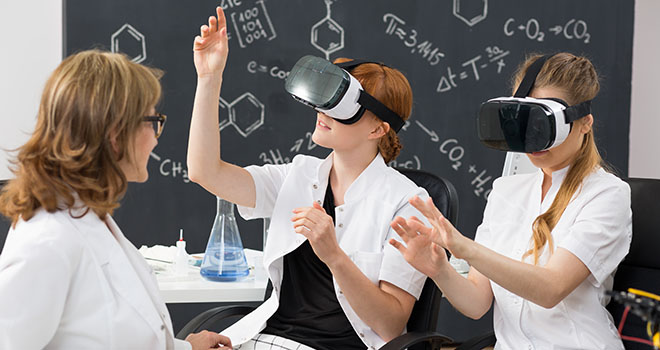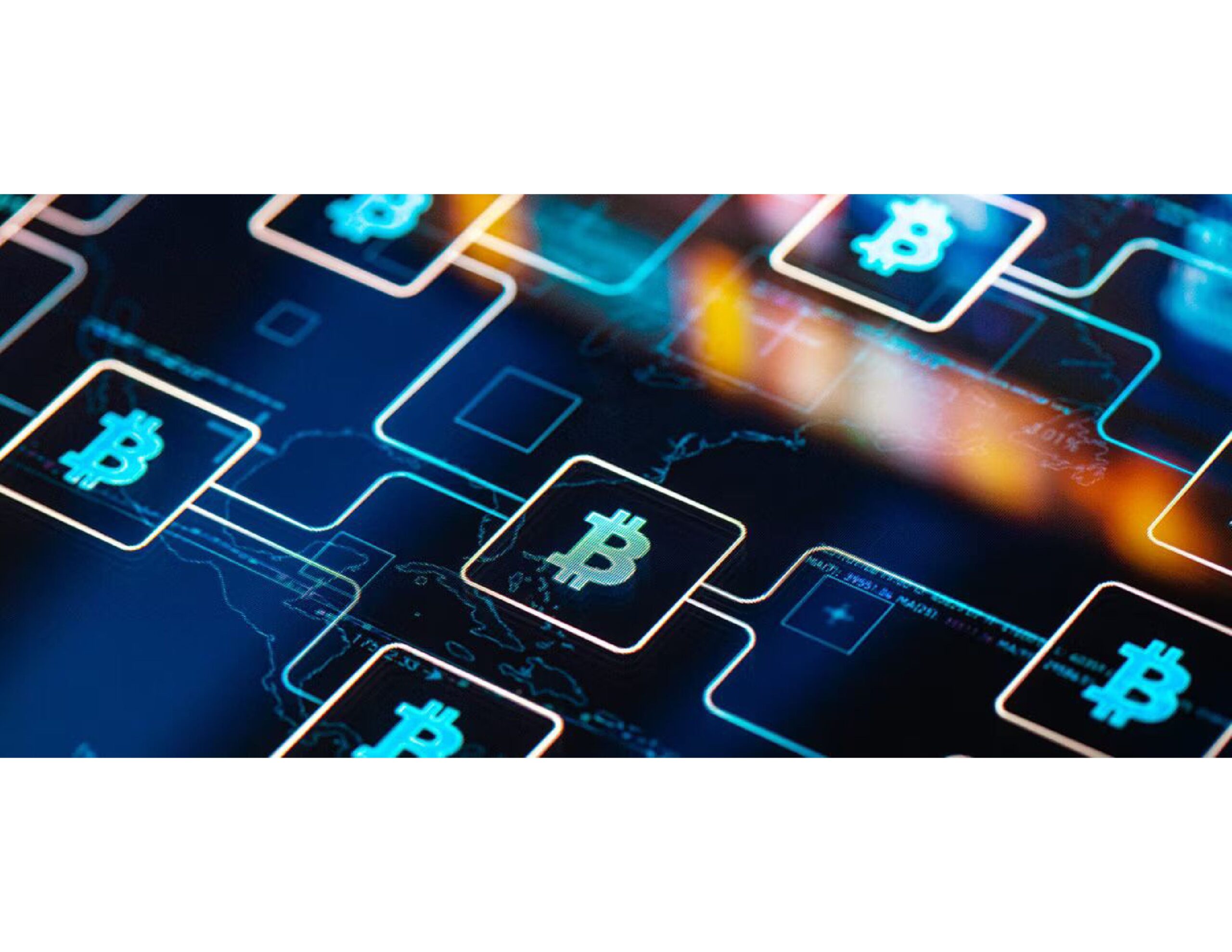
In recent years, Virtual Education has undergone a significant transformation, driven by emerging technologies like Virtual Reality (VR). As a key player in the modernization of education, VR is reshaping traditional teaching methods, enhancing Learning Efficiency, and accelerating Student Development. This revolution not only brings immersive learning experiences to life but also aligns education with the demands of modern learning environments. Here’s how VR is redefining the future of education.
1. Immersive Learning Experiences
One of the primary ways VR enhances learning efficiency is through immersive environments. Virtual reality enables students to interact with complex concepts in ways that traditional textbooks and lectures cannot match. Whether it’s exploring historical landmarks, visualizing abstract mathematical principles, or conducting virtual science experiments, VR makes learning more engaging and interactive. This immersion helps students retain information more effectively, as they are actively involved in their learning process.
2. Personalized Learning Pathways
Virtual Education powered by VR offers students customized learning pathways tailored to their needs. Through interactive modules, students can learn at their own pace, revisit challenging topics, and explore subjects in more depth. This personalized approach ensures that no student is left behind and caters to individual learning styles. As a result, VR contributes to modern learning strategies, where the focus is on the learner’s journey, ensuring better outcomes and higher retention rates.
3. Enhanced Collaboration and Social Skills
Virtual reality provides a platform for enhanced collaboration between students, even in remote learning settings. Virtual classrooms enable students to work together on projects, engage in discussions, and develop problem-solving skills as a team. This collaborative environment promotes critical thinking and helps students develop social skills in a digital space, preparing them for the collaborative nature of future workplaces. Furthermore, these interactions support student development by encouraging teamwork and leadership.
4. Real-World Simulation and Practice
In fields like healthcare, engineering, and aviation, VR allows students to practice skills in a risk-free, simulated environment. Medical students can perform virtual surgeries, engineering students can design and test structures, and aviation trainees can navigate through flight simulators. These real-world simulations offer practical experience, reinforcing theoretical knowledge, and improving learning efficiency. By gaining hands-on experience early on, students are better prepared for real-world challenges, fast-tracking their professional growth.
5. Breaking Geographical Barriers
Virtual reality in education transcends geographical limitations. Students from different parts of the world can access the same quality of education and resources, bringing equity to education. This global approach to virtual education allows learners to participate in international collaborations, attend virtual field trips, and experience cultural exchange programs, all from the comfort of their homes. This broadens their perspectives and fosters a global mindset.
6. Cognitive Benefits and Memory Retention
One of the significant advantages of VR in modern learning is its ability to enhance cognitive processes such as memory retention and problem-solving. Studies have shown that immersive learning environments, like those provided by VR, stimulate the brain’s spatial and visual faculties, aiding in better comprehension and recall. The active engagement promoted by VR helps students internalize information more effectively, leading to improved academic performance and quicker skill acquisition.
Implementing Virtual Reality (VR) in Different Subjects: Transforming Modern Learning
As virtual education continues to evolve, the implementation of Virtual Reality (VR) across various subjects is gaining momentum. VR’s immersive capabilities offer new ways to engage students, improve learning efficiency, and foster student development in ways traditional methods struggle to achieve. Whether it’s exploring complex scientific phenomena, diving into historical events, or mastering practical skills, VR is reshaping how we approach modern learning across disciplines. Let’s explore how VR can be applied in different subjects to enhance educational outcomes.
1. Science: Bringing Complex Concepts to Life
In the sciences, VR opens new avenues for learning efficiency by allowing students to visualize and interact with abstract or complex concepts. Instead of relying solely on textbooks and diagrams, students can explore the solar system, observe cellular processes, or conduct chemistry experiments in a virtual lab. This hands-on experience makes it easier for students to grasp intricate topics, while the immersive nature of VR aids in memory retention and comprehension. Additionally, VR can simulate dangerous or rare phenomena, offering a safe space for exploration and experimentation.
2. History: Reliving the Past
VR offers a unique opportunity for history students to immerse themselves in the events they study. Virtual tours of ancient civilizations, reenactments of significant historical moments, and 360-degree views of archaeological sites allow students to “experience” history firsthand. This not only enhances student development by fostering a deeper connection with the material but also improves learning efficiency by making historical facts and narratives more engaging. VR helps bring history to life, making abstract dates and events more tangible and memorable.
3. Geography: Exploring the World Virtually
Geography lessons are transformed by VR, as students can explore global landscapes, navigate geographical features, and understand environmental challenges through virtual simulations. From climbing mountains to exploring ocean depths, VR allows students to experience places they may never visit in real life. This immersive experience enhances modern learning by allowing students to interact with real-world environments and ecosystems, improving their understanding of the planet’s geography and environmental issues.
4. Mathematics: Visualizing Abstract Concepts
In mathematics, VR helps students grasp difficult concepts by transforming abstract ideas into interactive, visual experiences. Geometry, for instance, becomes more accessible when students can manipulate 3D shapes and angles in a virtual space. Similarly, statistical data can be visualized in dynamic charts and graphs that respond to user interaction. This approach improves learning efficiency by making mathematical concepts more tangible, helping students understand complex theories through direct experience rather than abstract calculations alone.
5. Art and Design: Unleashing Creativity
In the field of art and design, VR offers a canvas without limits. Students can create 3D sculptures, paint in a virtual environment, or design architectural structures with precision. VR enhances student development by encouraging creativity and innovation, giving students the tools to experiment freely and see their designs come to life in a virtual space. This hands-on experience also aligns with modern learning principles, as it allows students to practice and refine their skills in real-time.
6. Language Learning: Immersive Cultural Experiences
For language learners, immersion is key to mastering a new language. VR facilitates this by creating virtual environments where students can engage in conversations, practice vocabulary, and experience cultural nuances in real-world scenarios. Virtual tours of foreign cities, interactive role-playing, and simulated conversations with native speakers make the learning process more engaging and effective. This immersive approach to language education significantly enhances learning efficiency and accelerates student development by encouraging active participation.
7. Engineering and Architecture: Real-World Simulation
VR provides students in engineering and architecture with realistic simulations of their designs, allowing them to experiment with materials, structures, and environments before moving to the physical world. This enhances learning efficiency by giving students the opportunity to apply theoretical knowledge to real-world scenarios. Additionally, VR fosters student development by encouraging problem-solving and critical thinking, as students can test and refine their designs in a risk-free environment.
Creating 360-Degree Educational Content for Student Development
As virtual education continues to revolutionize modern learning environments, the development of immersive educational content is becoming a key focus for educators and institutions. One such approach, 360-degree educational content, has emerged as a powerful tool for enhancing learning efficiency and fostering student development. By providing students with fully immersive, interactive learning experiences, 360-degree content bridges the gap between theoretical concepts and real-world application, contributing to the evolution of modern learning.
1. Immersive Learning Environments
360-degree educational content provides an immersive, interactive experience that allows students to engage with their surroundings in ways that traditional education cannot. Through virtual field trips, simulations, or interactive storytelling, students can explore environments and concepts as if they were physically present. This immersive nature enhances learning efficiency, making it easier for students to understand and retain complex information. By engaging multiple senses, it helps build a deeper cognitive connection, ensuring students absorb lessons more effectively.
2. Personalization and Flexibility
One of the strengths of 360-degree content lies in its ability to provide personalized learning experiences. Modern learning is increasingly student-centered, focusing on catering to individual needs and learning styles. With 360-degree content, students can explore topics at their own pace, revisit specific areas for deeper understanding, and interact with content tailored to their level of comprehension. This flexibility ensures that no student is left behind and fosters an environment that supports continuous student development.
3. Hands-On Learning in Virtual Classrooms
For disciplines requiring practical knowledge, 360-degree content offers a unique opportunity for students to gain hands-on experience within a virtual classroom. Medical students can practice procedures in virtual labs, history students can visit ancient civilizations, and engineering students can simulate real-world projects—all through interactive, immersive content. These experiences boost learning efficiency by allowing students to apply theoretical knowledge in a safe, virtual setting. Moreover, these hands-on experiences promote deeper student development, preparing learners for real-world challenges.
4. Collaboration in a Global Context
One of the most transformative aspects of 360-degree educational content is its potential to enhance collaboration on a global scale. Virtual environments enable students from different parts of the world to work together on group projects, share ideas, and develop cultural awareness. These collaborative learning opportunities not only improve learning efficiency but also promote critical thinking, communication, and teamwork—key skills for the 21st-century learner. Student development benefits greatly from these interactions, as students develop a global perspective while honing their collaborative abilities.
5. Enhanced Memory Retention and Cognitive Benefits
Research indicates that immersive learning environments, like those created by 360-degree content, have a positive impact on memory retention and cognitive function. By allowing students to actively engage with educational material, 360-degree content aids in long-term memory retention. For example, students who explore historical events in a fully immersive virtual environment are more likely to remember the details of those events than those who simply read about them. This heightened level of engagement supports student development, as it promotes critical thinking and problem-solving skills in an engaging way.
6. Adapting to Modern Learning Standards
As modern learning continues to evolve, 360-degree content helps educators keep pace with the technological advancements shaping the future of education. It complements existing curricula by providing students with additional resources and tools that enhance their understanding of complex topics. Moreover, it aligns with the principles of virtual education, making education more accessible and adaptable for learners in diverse contexts. With 360-degree content, students not only benefit from enriched learning experiences but also develop the digital literacy and critical thinking skills necessary for success in a technology-driven world.
As we look to the future of education, VR stands as a transformative tool, capable of elevating learning efficiency and fostering student development in ways traditional methods cannot. By providing immersive experiences, personalized learning pathways, and real-world simulations, VR is setting the foundation for modern learning environments that prepare students for the challenges of tomorrow. The implementation of VR across various subjects is transforming virtual education by making learning more immersive, interactive, and efficient. From science to language learning, VR enhances learning efficiency and promotes student development by offering hands-on experiences that engage students in ways traditional methods cannot. As modern learning continues to evolve, the integration of VR into diverse subjects will play a pivotal role in shaping the future of education, providing students with the tools and experiences they need to succeed in an increasingly digital world.


